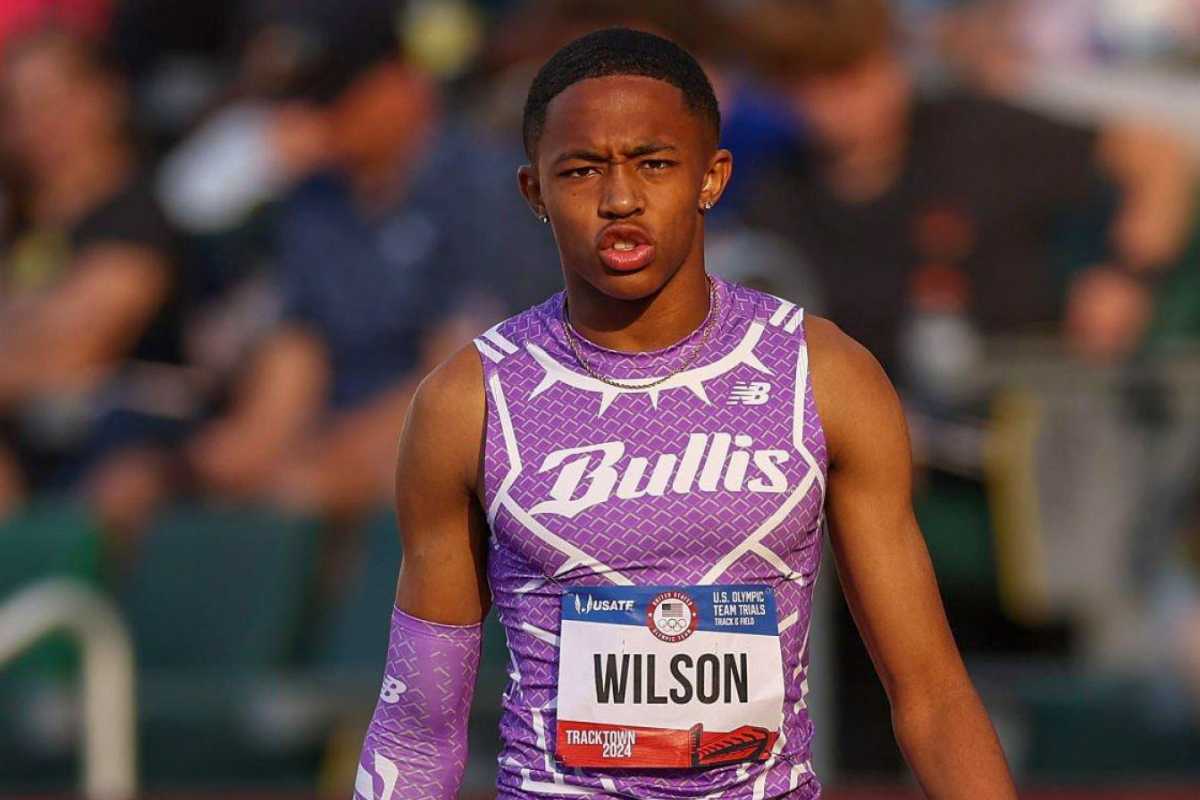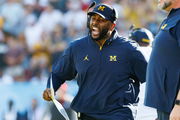
Imago
Credit: Instagram

Imago
Credit: Instagram
As the saying goes, don’t count your chickens before they hatch. Well, that might be what’s happening with NIL in college sports. When it came forward in 2021, it seemed like a game-changer for college athletes. It allowed them to finally profit from their brand before turning pro. For athletes in sports like gymnastics and track and field, where making it to the pros isn’t a given—this felt like a huge win. Therefore, it would not be wrong to argue NIL played a key role in passing the opportunity to earn what they rightfully deserved for these athletes.
Watch What’s Trending Now!
But here’s the catch. Things aren’t as black and white as before. It will be prudent to note that, although the concept of NIL aims to create fair competition, it is slowly becoming the Wild. Ever since the transfer portal came up, the fairness measures became blurry. The NCAA has even conducted probes to establish what’s happening out here. As college sports, such as track and field preparation for the next season, one former coach has spoken out about his fears. Has NIL deemed a win for athletes, or has it turned into more of a mess?
ADVERTISEMENT
The dark side of NIL
Notably, college athletes continue to prepare for the NCAA Indoor Track and Field Championships, scheduled in March 2025. Yet, it becomes hard not to close your eyes on how NIL has transformed the college sports experience. A few days before the championship, on January 9th, Jason Brown, former head coach of the Independence Pirates football team, came as a guest to Matt Barnes and Stephen Jackson, the “All The Smoke” podcast.
When the host asked him about NIL, Brown did not shy away. They noted some pointers. The ability to make money on the personal brand could benefit athletes who already found success at earning money through sponsorships. But, this situation has now turned into the “pay-to-play” model.
Top Stories
Forced to Leave FOX, Cowboys Legend Troy Aikman Says ESPN Is Like ‘U.S. Government’ & Clearly Distinguishes the Two Networks

NFL Files Motion to Dismiss Former Texans Board Member Cary McNair’s “Legally Baseless” Lawsuit

$250M Michigan Booster Reveals More to Sherrone Moore Saga After Paige Shiver Confirms Police Visit

T.J. Watt’s Wife Shares Emotional Update on Steelers LB Following Worrying Health Scare

Rafael Nadal Faces New Injury Blow Only a Year After His Emotional Tennis Exit

Heisman Voter Flags Julian Sayin Disrespect as Fernando Mendoza and Diego Pavia Announce True Intentions

It enabled athletes to sell their jerseys or earn money for all their talent and hard work that goes into sports. But who can afford to pay the most? He summed it up well, saying, “It ain’t what it was supposed to be. It’s not about name, image, and likeness anymore.” But here’s where things get messy: the transfer portal.
ADVERTISEMENT
According to Brown, the situation can only get worse with this new portal. Over the thousands of athletes coming into the portal annually seeking to improve their NIL agreements, happen to be a system where only approximately 1% make it to the list of a team. Brown pointed out that there are only 134 D1 teams, not 250 as most people believe, the numbers just don’t work out, apparently.
He was clear: “The other 99%? They go nowhere. Lost.”
ADVERTISEMENT
This is the state of play in NIL today; the athletes remain trapped in this new system where many have no longer a place to turn to play. They remain trapped in a race defined more by the dollar than ability.

ADVERTISEMENT
For instance, we have track and field star Quincy Wilson. He is an Olympic gold medalist and, at this age, 16, is really a colossal achievement. And rather than jumping straight to the pro level, he has chosen to perform in the NCAA first. But here’s the kicker: Quincy has already secured a name, image, and likeness deal with New Balance, making him one of the youngest high school athletes to be sponsored by a big sports footwear company. That’s massive, right?
On the one hand, Quincy’s still young. Yes, it is quite marvelous he already gets opportunities to capitalize on his talent. On the other hand, this raises some issues. He is already in the limelight. Right under it. And that pressure may be a lot for someone learning the ropes in the NCAA. If he fails to deliver, there is a possibility that the mix of competing with other athletes while endorsing the brand might become complicated.
ADVERTISEMENT
It is no longer about how well you play sports, but doing so while establishing a brand, bagging deals, and managing the commerce aspect before even taking a shot at a professional level. So for Quincy and others like him, NIL is a double-edged sword: it creates massive opportunities. Yet, it also adds much more responsibility to bear.
Nonetheless, in the same respect, how does this advantage the athletes?
ADVERTISEMENT
NIL can benefit sports like track and field, gymnastics, and more
As with everything else in life, there is a positive aspect alongside the negative aspect of NIL, and more or less in college sports. On the flip side, it presents athletes with financial liberty that many never dreamed of. NIL has become a game changer for those comparatively with less wealth. Research conducted in 2019 determined that out of the various athletes who live off campus, many of them were poor.
So being positioned to earn money while still studying relieves enormous pressure. Rather than seeking a part-time job to make enough to pay the bills, athletes can now receive compensation for the use of their name, image, and likeness. Therefore, it allows them to support themselves financially, engage in sports, and focus on their studies without concerns about survival.
But it is not only the financial question. It allows athletes to develop their image before leaving college, which becomes positive. They can gain and improve their business skills, establish the right contacts for themselves, and produce the chance that could help them succeed. And yes, no matter what choice they make further on.
ADVERTISEMENT
Thus, for athletes, particularly in non-revenue generating sports, NIL brings light and opportunities that could they have missed. So, yes, NIL definitely has its pros. But, some growing pains need to be worked out, too.
ADVERTISEMENT
ADVERTISEMENT
ADVERTISEMENT

